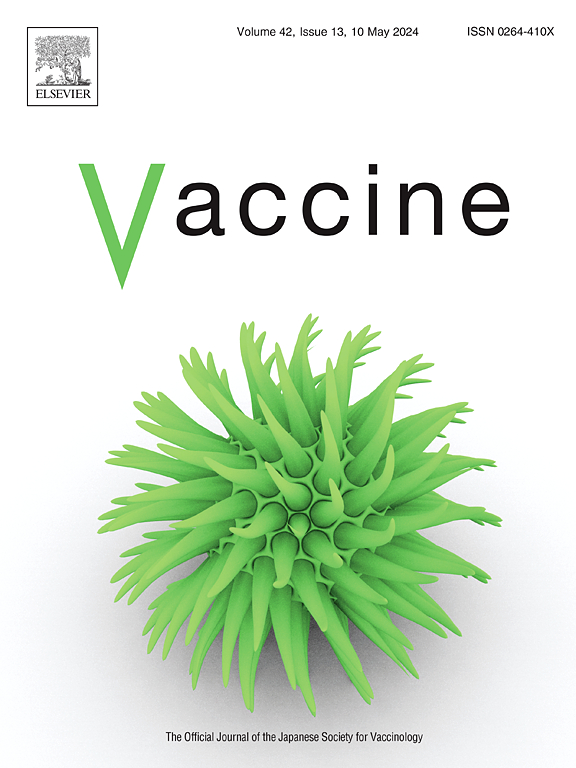High-resolution antibody dynamics following influenza vaccination reveal predominantly weak responses as well as infrequent but durable immunity across the 2014–2022 seasons
IF 4.5
3区 医学
Q2 IMMUNOLOGY
引用次数: 0
Abstract
Most influenza vaccine studies evaluate acute antibody responses 1 month post-vaccination, yet the finer details of immune kinetics remain poorly understood. Here, we conducted two new vaccine studies and analyzed 12 prior vaccine studies to map antibody responses against H3N2 and H1N1 influenza in high resolution from the day of vaccine administration out to 1 year post-vaccination. Antibody kinetics corresponded to three major phenotypes, namely, weak (<4x fold-change at 1 month and 1 year), transient (≥4x at 1 month, <4x at 1 year), or durable (≥4x at 1 month and 1 year). Surprisingly, ≥50 % of vaccine recipients were weak across nearly all seasons, age groups, sexes, pre-vaccination titers, and high or standard vaccine doses examined. Peak fold-change at 1 month post-vaccination was strongly associated with the long-term response, with transient responders often achieving a peak fold-change of 4x and then decaying back to baseline, while durable responders reached ≥16x fold-change and maintained comparable titers out to 1 year. Using the weak, transient, and durable trajectories, a single time point early in the response (days 7–8 or 21) predicted an individual's response out to 1 year post-vaccination. These results highlight the stark heterogeneity that is consistently seen across influenza seasons, where the vaccine elicits little-to-no response in some but strong and long-lasting antibody immunity in others.
流感疫苗接种后的高分辨率抗体动力学显示,在2014-2022年流感季节,流感疫苗的反应主要较弱,免疫并不常见,但持久。
大多数流感疫苗研究评估接种后1个月的急性抗体反应,但免疫动力学的细节仍然知之甚少。在这里,我们进行了两项新的疫苗研究,并分析了12项先前的疫苗研究,以高分辨率绘制从接种疫苗之日到接种疫苗后1年的H3N2和H1N1流感抗体反应。抗体动力学对应三种主要表型,即弱(
本文章由计算机程序翻译,如有差异,请以英文原文为准。
求助全文
约1分钟内获得全文
求助全文
来源期刊

Vaccine
医学-免疫学
CiteScore
8.70
自引率
5.50%
发文量
992
审稿时长
131 days
期刊介绍:
Vaccine is unique in publishing the highest quality science across all disciplines relevant to the field of vaccinology - all original article submissions across basic and clinical research, vaccine manufacturing, history, public policy, behavioral science and ethics, social sciences, safety, and many other related areas are welcomed. The submission categories as given in the Guide for Authors indicate where we receive the most papers. Papers outside these major areas are also welcome and authors are encouraged to contact us with specific questions.
 求助内容:
求助内容: 应助结果提醒方式:
应助结果提醒方式:


